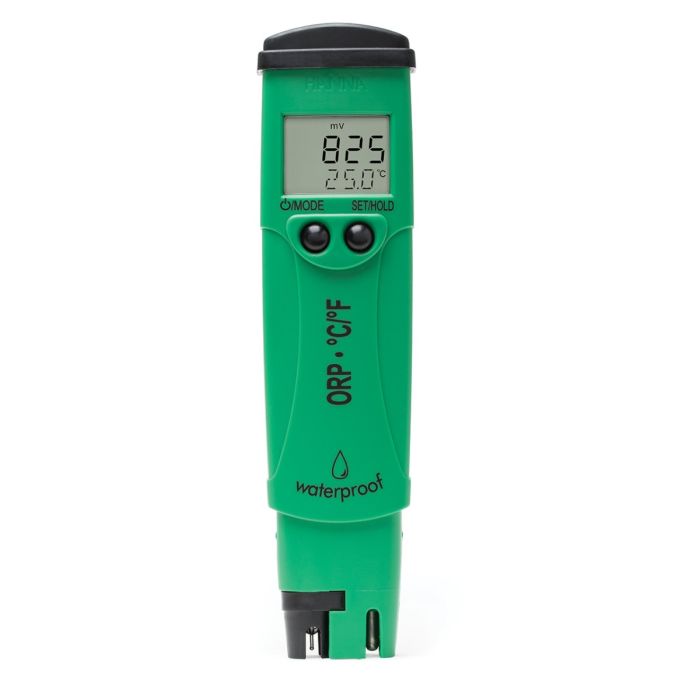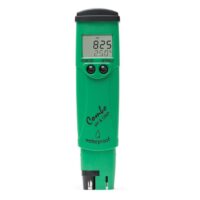Description
Similar to a pH measurement that quantifies the how acidic or alkaline solutions are, ORP (Oxidation Reduction Potential) measurements quantify the overall state of a solution as having the ability to oxidize or reduce a chemical species. Oxidizing and reducing reagents are used to participate in chemical reactions known as a redox reaction.
An important part of the ORP probe is to have a sensor that is chemically inert; meaning it cannot be oxidized or reduced itself. It must also have the proper surface characteristics to promote rapid electron exchange, a property known as high exchange current density. Two noble metals have proven to work well for this purpose: pure platinum and pure gold. Both are commonly used in the construction of ORP probes.
The platinum sensor is often preferred because it is mechanically simpler to produce. Platinum can be welded to glass and also has a similiar thermal expansion coefficient. Sensors made of gold cannot be welded to the glass and are often placed in plastic supports applied to the glass or plastic tube by means of tiny elastomeric bungs.
Many industries rely upon ORP measurements including swimming pools, food processing, boilers and cooling towers, and plating. The measurement of ORP helps the user monitor the effectiveness of disinfecting compounds including chlorine and ozone. ORP is also used to monitor redox reactions including the use of bisulfite in the reduction of hexavalent chromium to trivalent chromium in plating wastewater.
Features at-a-glance:
Waterproof
- IP67 rated
- Protects the internal electronics of the meter from an ingress of water in the event that the meter is dropped into a tank or a body of water.
Stability indicator
- HI98120 features a stability indicator tag on the LCD that will disappear once the reading stabilizes.
Replaceable electrode
- An electrode last approximately one to two years. It is possible to replace just the electrode and not have to buy a completely new meter.
- The HI73120 ORP electrode is a simple cartridge design allows the sensor to be easily replaced whether in the lab or in the field.
HOLD feature
- Allows the reading to be frozen so that the reading can be documented.
Auto-shut off
- The meter automatically turns itself off after 8 minutes of use in order to conserve battery life in the event the meter is accidently left on.
Battery % level
- When the meter is turned on the battery % level is displayed as a percentage.
Ordering Info
HI98120 (ORP) is supplied with HI73120 ORP electrode, HI73128 electrode removal tool, batteries and instructions.








